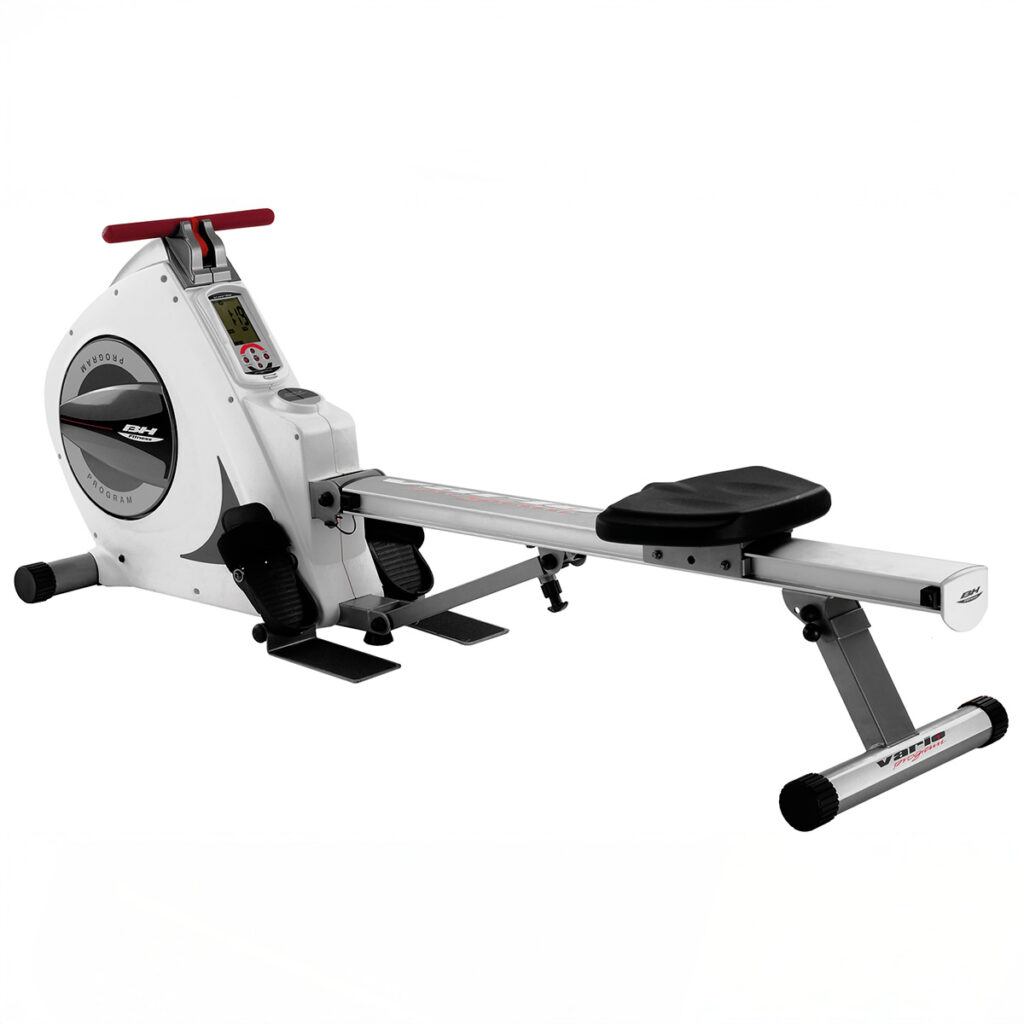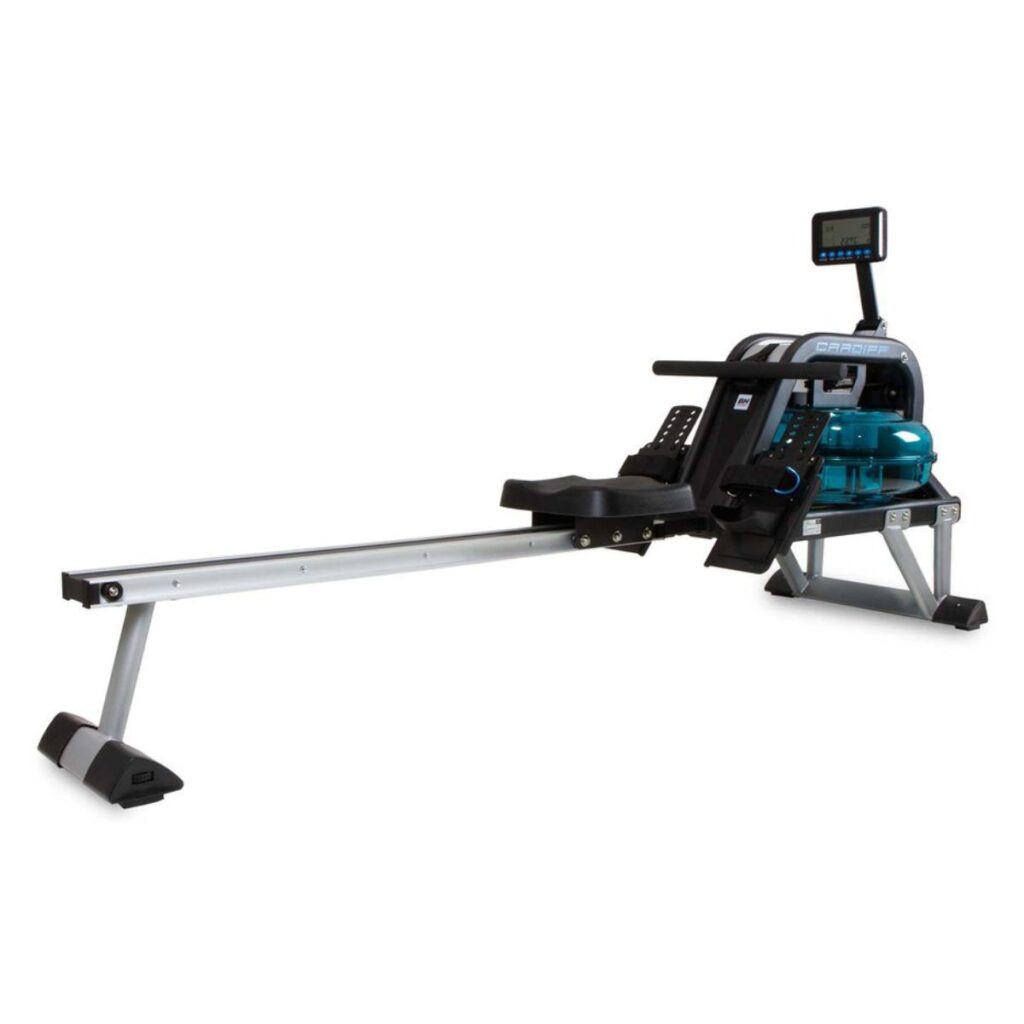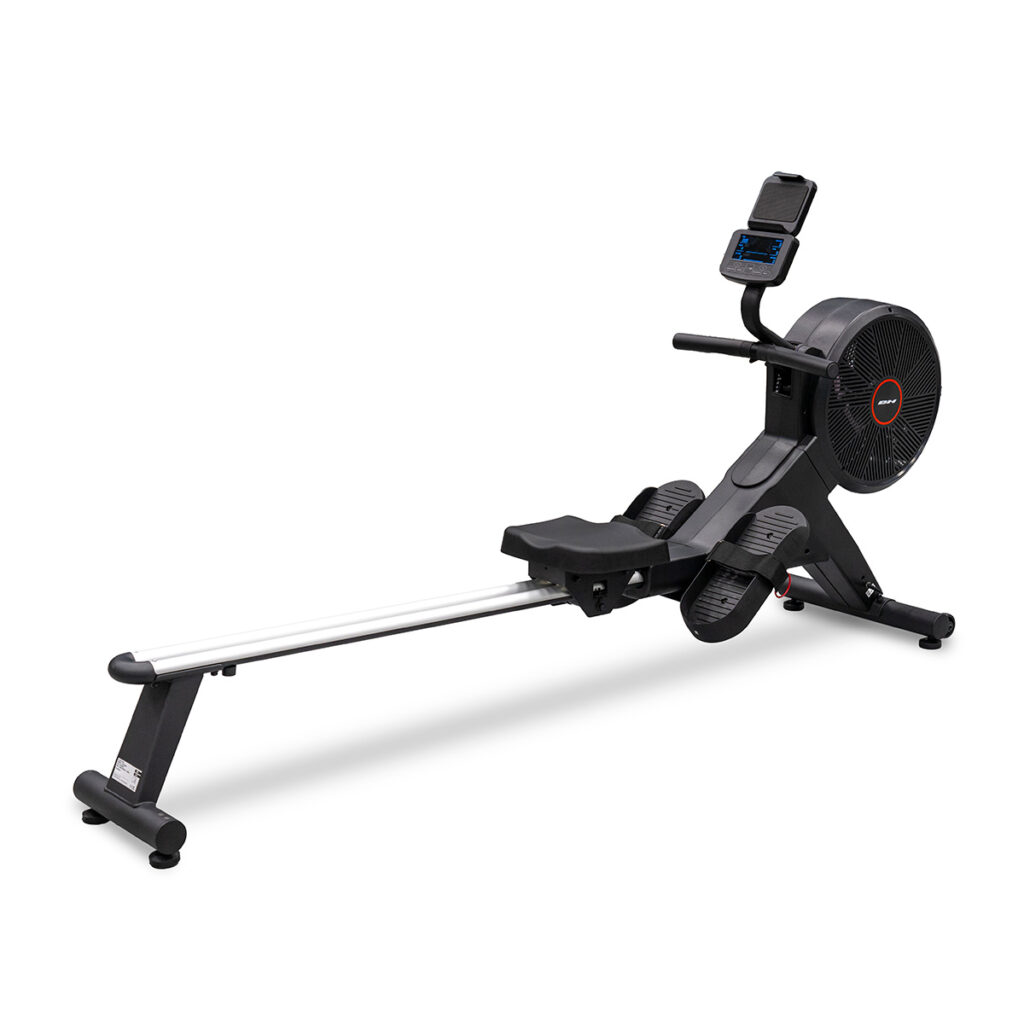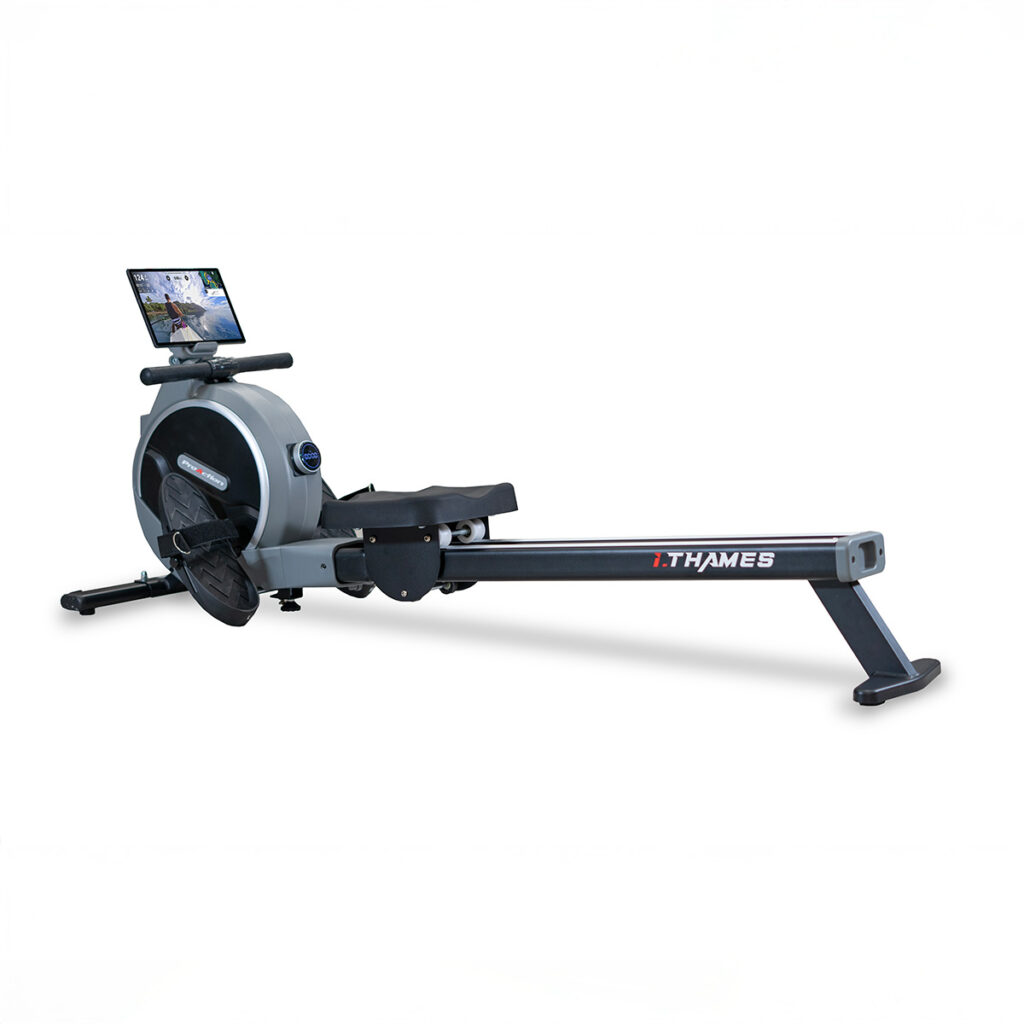Rowing machines
Weekly training
Resistance
Compatible with...
Price range
Rowing Machines
The rowing machine is perfect for anyone seeking a full-body workout, combining strength and cardio in a single movement. It simulates the natural action of rowing, engaging the muscles of the legs, glutes and back as well as the arms, shoulders and core. This exercise promotes coordination, improves cardiovascular capacity and burns calories very efficiently. In addition, because it’s performed seated with a smooth motion, the impact on the joints is minimal. BH Fitness rowers feature advanced resistance systems and i.Concept technology, which lets you turn your mobile device into an interactive monitor to follow programmes, compete on virtual routes or track your progress in real time.
It depends on how often you’ll use it, at what intensity and what types of workouts you want to do. If you’ll use the rower occasionally for light cardio, a home model will do; if you plan frequent sessions—around 3–7 hours a week or more—it’s better to opt for semi-professional or intensive-use machines with strong resistance, a robust frame and quality moving parts.
Rowers with electromagnetic resistance offer very precise adjustments, quiet response and strong performance—ideal for demanding training. Magnetic resistance is also quiet, smooth and low-maintenance. Air rowers tend to be louder, but they provide good variability with effort proportional to your pull, which can be highly motivating for intense sessions. Choose based on how quiet you need the machine to be, your budget and the rowing feel you prefer.
The maximum supported user weight should comfortably exceed your own, as it affects the rower’s durability, stability and safety. The manufacturer’s recommended usage (for example, 3–7 h, 7–20 h or more) helps you determine whether the machine is designed to handle your intended use without wearing out quickly.
Comfort shows in details such as an ergonomic, smoothly gliding and well-cushioned seat; comfortable grips; a fluid travel between handle and footrests; securely fixed footplates; and pivots and bearings that operate without noticeable friction. All of this makes training more enjoyable, allows longer sessions without discomfort and supports proper technique.
To keep it in good condition, clean the machine regularly to avoid dust and sweat build-up on moving parts; periodically check screws, cables or chains, seat axles, slides and gears; lubricate parts if recommended by the manufacturer; and ensure electronic or resistance components work correctly. Preventive maintenance helps avoid noise, friction and unexpected failures.
BH Fitness includes an official multi-year warranty, specialised technical service, support with assembly, queries and repairs, plus availability of original spare parts. This ensures any issue can be resolved properly and helps extend the equipment’s lifespan.
Yes, as long as you have sufficient space, a solid floor and ventilation, and you accept that some high-end models may be heavier or generate more noise depending on the resistance system. If you’ll use it frequently or intensively, investing in higher-quality models pays off with better durability, consistent performance and simpler maintenance.
Choose magnetic or electromagnetic resistance, which is usually quieter than air; make sure all screws are properly tightened; keep moving points and mechanisms lubricated; place the machine on an anti-vibration base or dedicated mat if your floor allows; and check that the seat glide and rails move smoothly.
Tablet or phone holders, consoles with built-in programmes or app compatibility, a heart-rate sensor, transport wheels, a protective floor mat and even cushioning mats to reduce impact can all be very useful. These add-ons improve comfort and motivation and help you get more from the equipment.
A good structure could combine steady-state sessions with intervals where you increase intensity; adjust strokes per minute if your machine allows; vary workout duration; make sure to warm up beforehand and stretch afterwards; maintain good posture; and listen to your body to avoid overloading.







